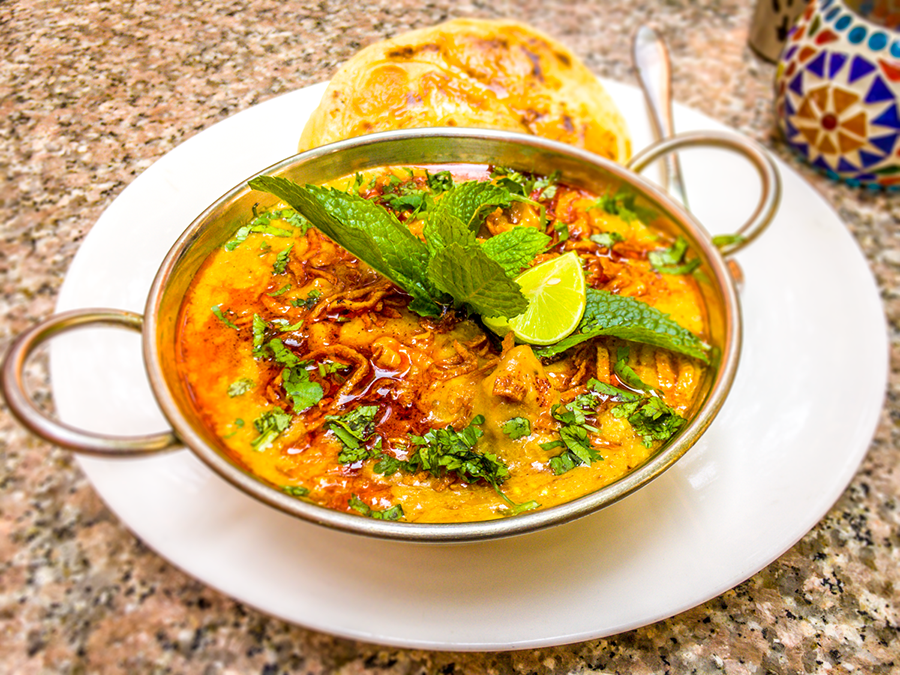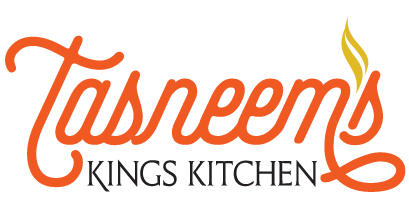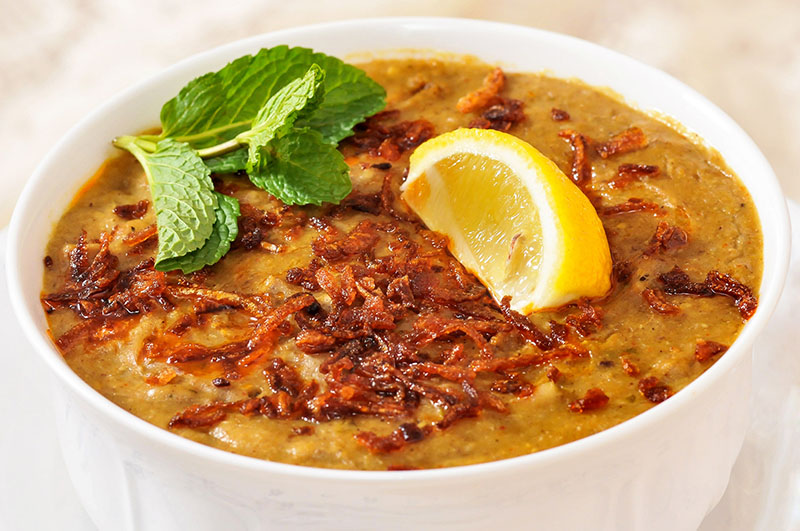From Harees to Haleem: The Story of Ramadan’s Favourite Porridge.
Many believe the difference between a Haleem and its ancestor Harees is that while the former is made with mutton, the latter is with chicken. Historians and those in-the-know refute this assumption intensely.
Both the Harees and Haleem are made with mutton and wheat. The difference is not only in their ancestry, but also in the taste. Unlike Harees, Yemen warrior’s powerfood, Haleem has a distinct taste (read as spicy sometimes) profile, which is a mix of the Deccan style of cooking and those practiced in the Middle East.
Said to have developed under the first and second Nizam of Hyderabad, when Chaush became Nizam’s bodyguard, Haleem’s distinction as a dish stems from the fact that it is exclusively a Hyderabadi blue blood. Of course, there is no denying that the dish was inspired by a much older cousin, Harees, which is said to have been invented around the mountains of Kurd in the early AD.
But how did a nomadic power food rise to the level of being a royal feast and a Ramadan essential – and eventually became the muse behind Haleem is a story that is as interesting as court politics and diplomacy.
Many believe that Harees was born into royalty courtesy King Khusrow of Persia in the 6th century. And a century later, to Caliph Mu’aviya of Damascus, who made Harees in the honour of the Arabian Yemenies delegation, thus introducing a practice of serving Harees as a welcome meal to visitors and travelers alike. Ibn Batutta’s 14th century travelogue mentions that the gooey food was served in a bowlful to weary souls and exhausted soldiers alike.
In fact, Emperor Humayun, who made Harees a part of his post prayer meal, was first introduced to the nourishing comfort food while in exile in Persia. So fond was the emperor for harees that he made it a part of the Mughal meal – and it stayed much through the dynasty rule, albeit with a few tweaks added as generation passed. So it is a strong likelihood that the future Nizam had the taste of Harees even before the Chaush brought it along with them in the Nizam court. What lends credence to this is a similar dish is made in Kashmir but with rice.
The graduation of Harees to Haleem however began in the 19th century when Chaush, the warrior clan from Yemen, were brought to the Nizam court to become their personal bodyguards – a position till then held by the trusted and powerful Paigahs. Of course, this wasn’t the first time that Chaush were serving for an Indian dynasty. The tribe was part of Tipu Sultan’s army before. But it was the first incident where every dish stood a chance of being recognized, thanks to 1857 and the work-in-progress Nizam rule.
It all began with the Nizam lending a piece of land for the tribe to settle down. Called the ‘mini Yemen’ in Hyderabad, Barkas’ market became the first place where Hyderabadis were introduced to the charms of Harees, both in savoury and sweet form. Hyderabad, which was by then used to much spicier meals and dishes may have found the harees, bland and could have added a few things of their own, creating the first iteration of Haleem.
But it wasn’t till it was picked up by the khansamas in the Nizam royal kitchen that Harees was noticed again or became Haleem. With the end of the Mughal Dynasty, Nizams’ began creating their own style stamps – one of them was the cuisine, known for its finer nuances and the clever use of “khatas.” It is a good possibility that while searching for muses – one of the Nizam khansamas may have picked up the bland tasting Harees and added his own signature, therefore creating the iconic dish, Haleem.
With Sultan Saif Nawaz Jung of Hadhramaut already elevating Harees to the feast table, it was a good possibility that Haleem’s debut was on the Nizam table first. The 19th century with little wars to fight – except for the two World Wars – food, elaborately done palaces, cars and rail coupes were the few things where the Maharajas, Nawabs and Nizams could show their supremacy. By that logic, Haleem, an invention of the royal kitchen, could have been a perfect debut. After all, even in its debut avatar, dressed with fried onions and a lime wedge on the side, it did look like the Oscar of most porridges existing then. And with Nizam’s constantly taking on the Western style of life, it was a perfect addition to the table.
According to old tales insist, the rise of Haleem as a Ramadan dish was also to do with dish nourishing nature. After a day of severe fasting, it was one dish that could instantly energise, delicate on the stomach and pretty on the palate. Fascinatingly, much contrary to its simple appearance, making a good Haleem- right from its early days, demanded patience and a good hand.
You had to get the perfect balance of broken wheat, mutton (usually goat’s) and spices in a manner that one spoon of it could be a flavour fiesta. You could taste the broken wheat, the tender meat, the spices, one after the other. And interestingly, these are the benchmarks that define a good Haleem even today. If you can smell the meat or taste, if the rawness or the spices are overpowering, it is not Haleem but a goop.
To enjoy authentic Haleem in Kathmandu, you can order it by the kilo. Call 9801121212.

